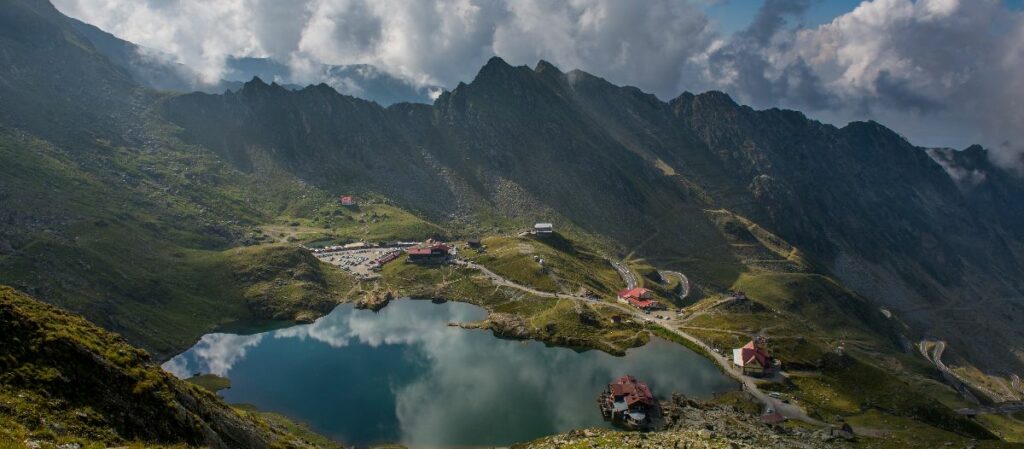Romania is a country known for its stunning landscapes, rich history, and vibrant culture. Among its many treasures, Via Transilvanica stands out as a captivating route that takes travelers on an unforgettable adventure through the heart of this fascinating country.
Spanning approximately 1,400 kilometers, Via Transilvanica winds its way through five counties, showcasing the breathtaking beauty of Transylvania while offering a glimpse into Romania’s cultural heritage.
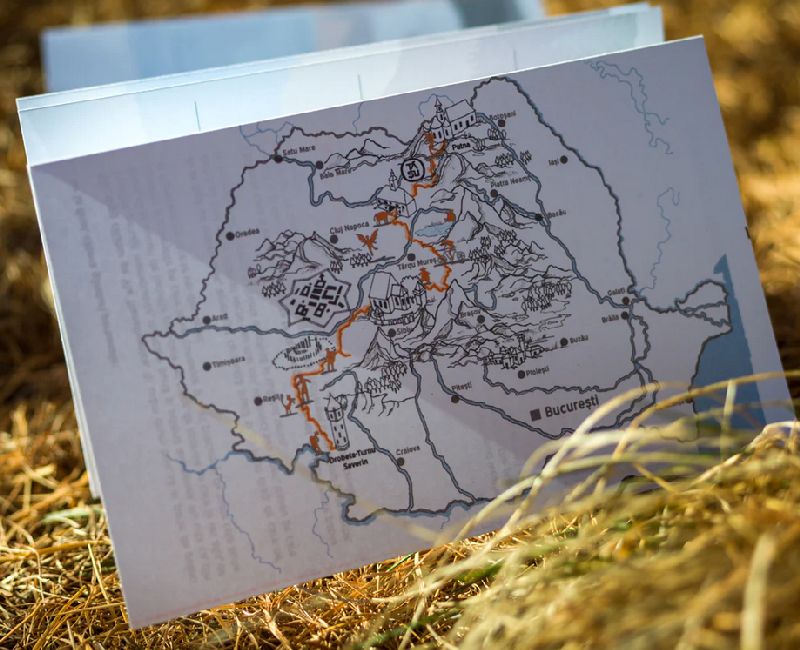
The Via Transilvanica trail is the brain child of Tibi Useriu, member of the Tasuleasa Social NGO, innitators of the project. The route passes through no less than 400 rural communities and is marked with signs painted on wood or stone inorange and white (orange arrow for the direction of Drobeta-Turnu Severin and white for the direction of Putna, the main starting/ending points for the route).
#A Scenic Tapestry of Nature
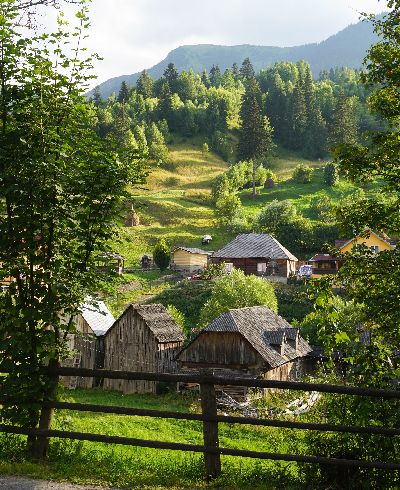 Via Transilvanica meanders through a tapestry of natural wonders, taking travelers on a journey of discovery. From the picturesque Maramureș region in the northwest to the majestic Buzău Mountains in the southeast, the route showcases diverse landscapes.
Via Transilvanica meanders through a tapestry of natural wonders, taking travelers on a journey of discovery. From the picturesque Maramureș region in the northwest to the majestic Buzău Mountains in the southeast, the route showcases diverse landscapes.
Hiking enthusiasts will find themselves immersed in dense forests, traversing rolling hills, and ascending snow-capped peaks of the Carpathian Mountains. Along the way, one can marvel at the pristine lakes, sparkling rivers, and cascading waterfalls that adorn this picturesque path.
# Immersion in History and Culture
Beyond its natural beauty, Via Transilvanica is a gateway to Romania’s rich history and cultural heritage. Travelers can explore charming villages and towns steeped in centuries of tradition, encountering well-preserved medieval castles, fortified churches, and ancient citadels.
The UNESCO-listed Sighișoara Citadel and the magnificent Corvin Castle are just a few examples of the historical gems that await along the route. Moreover, the welcoming locals provide insights into their traditions, folklore, and crafts, making each encounter a window into Romania’s vibrant cultural tapestry.
#Transylvania’s Historic Villages and Towns
As Via Transilvanica winds its way through Transylvania, it presents the opportunity to discover some of the region’s most enchanting villages and towns.
For example, travelers can wander through the narrow, medieval streets of Sibiu, admiring its colorful houses and visiting the Brukenthal National Museum. Each town has its own story to tell, enriching the cultural tapestry of the journey.
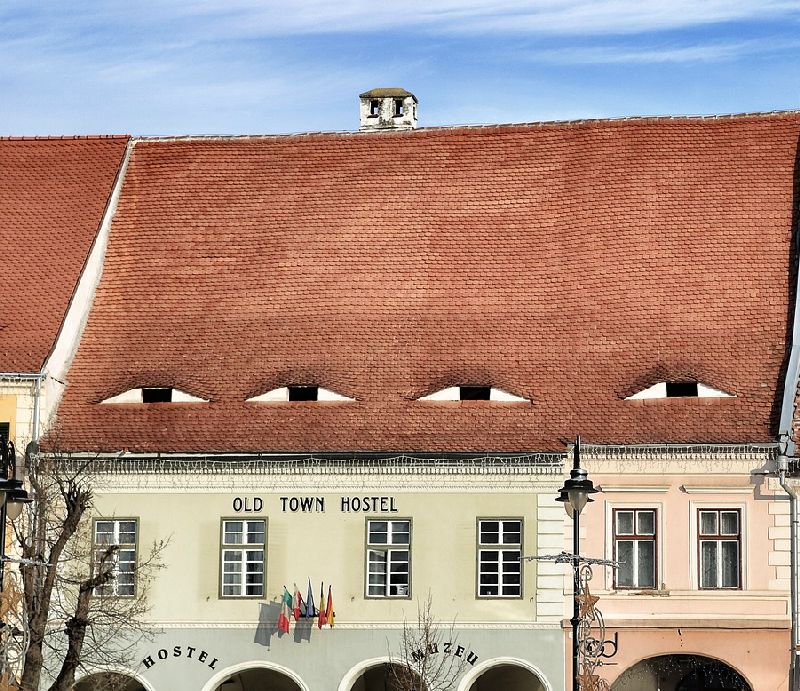
The eye dormers in Sibiu are distinctive architectural elements found in the city’s old buildings. These are small windows in the shape of eyes, placed in the high roofs, allowing light to enter the rooms. The eye dormers give a special charm to the Sibiu buildings and are considered a symbol of local architecture.
# Transfăgărășan: A Road to Remember
A highlight of Via Transilvanica is the legendary Transfăgărășan Highway, a serpentine road that cuts through the heart of the Făgăraș Mountains. This engineering marvel offers breathtaking views as it snakes its way through hairpin turns, tunnels, and over majestic bridges.
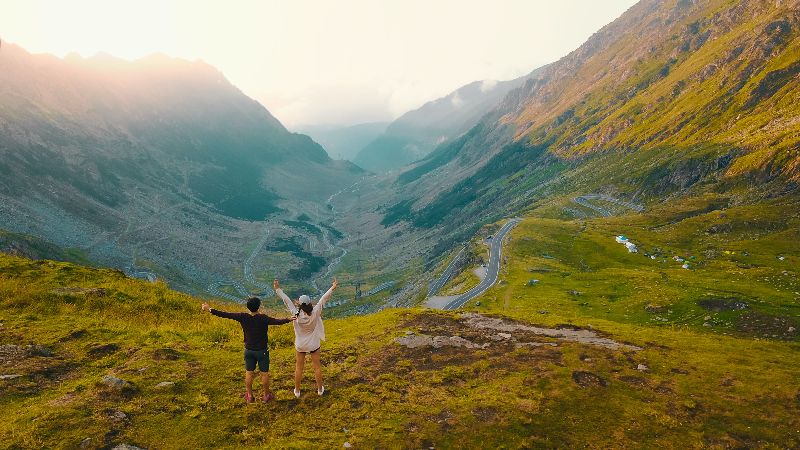
The journey along the Transfăgărășan is a once-in-a-lifetime experience, providing travelers with panoramic vistas of awe-inspiring landscapes, including glacial lakes, dense forests, and snow-capped peaks.
# Culinary Delights and Wine Tasting
Via Transilvanica is not only a feast for the eyes but also for the taste buds. Along the route, travelers can indulge in traditional Romanian cuisine, savoring hearty dishes that showcase the region’s culinary heritage.
From mouthwatering sarmale (stuffed cabbage rolls) to the delicious mămăligă (polenta) and the delectable cozonac (sweet bread), each bite tells a story of Romania’s gastronomic traditions.
Additionally, wine enthusiasts can visit local vineyards and cellars, tasting the renowned Romanian wines and learning about the winemaking process from passionate vintners.
Camino de Santiago vs Via Transilvanica: A Comparison
Camino de Santiago and Via Transilvanica are two iconic long-distance hiking routes, each with its own unique characteristics. Let’s compare them based on length, difficulty, and other criteria:
Length:
The Camino de Santiago, also known as the Way of St. James, consists of several routes, with the most popular being the Camino Francés. The Camino Francés is approximately 800 kilometers long, starting from St. Jean Pied de Port in France and ending in Santiago de Compostela, Spain.
Via Transilvanica spans around 1,400 kilometers, traversing through the scenic region of Transylvania in Romania. It stretches from the Maramureș region to the town of Drobeta-Turnu Severin in Romania’s South-East.
Difficulty:
The Camino de Santiago is generally considered a moderate-level hike, suitable for a wide range of fitness levels. The terrain varies from flat sections to gradual inclines and occasional steep climbs, particularly in the mountainous areas of Galicia.
Via Transilvanica: Via Transilvanica offers a mix of terrains, including forested trails, rolling hills, and mountainous sections. While some parts may be challenging due to elevation changes, overall, it can be considered moderately difficult.
Waymarking and Infrastructure:
The Camino de Santiago is well-marked with yellow arrows and scallop shells, making it easy to navigate. It also boasts a well-developed infrastructure, with numerous accommodations, pilgrim hostels (albergues), and services available along the route.
Via Transilvanica is marked with painted signs on wood or stone, typically in orange and white colors. The waymarking may not be as abundant as on the Camino de Santiago, and the infrastructure can be more limited, however the experience of this route includes sleeping in picturesque villages, in accommodation provided by locals.
Cultural and Scenic Highlights
Camino de Santiago: The Camino de Santiago is renowned for its deep historical and cultural significance, with charming towns, ancient cathedrals, and cultural landmarks along the way. It offers a rich and diverse experience, as pilgrims from around the world come together to undertake this spiritual journey.
Via Transilvanica: Via Transilvanica allows travelers to immerse themselves in the captivating landscapes and cultural heritage of Transylvania. It showcases picturesque villages, medieval castles, fortified churches, and the natural beauty of the Carpathian Mountains. The route offers a unique blend of nature and history.
In summary, both the Camino de Santiago and Via Transilvanica provide memorable hiking experiences, each with its own allure. The Camino de Santiago offers a shorter distance but a well-established infrastructure and a profound spiritual aspect. On the other hand, Via Transilvanica offers a longer route through the scenic Transylvanian region, with its own cultural and natural wonders. The choice between them ultimately depends on personal preferences, time availability, and the desire to explore different landscapes and cultural contexts.

